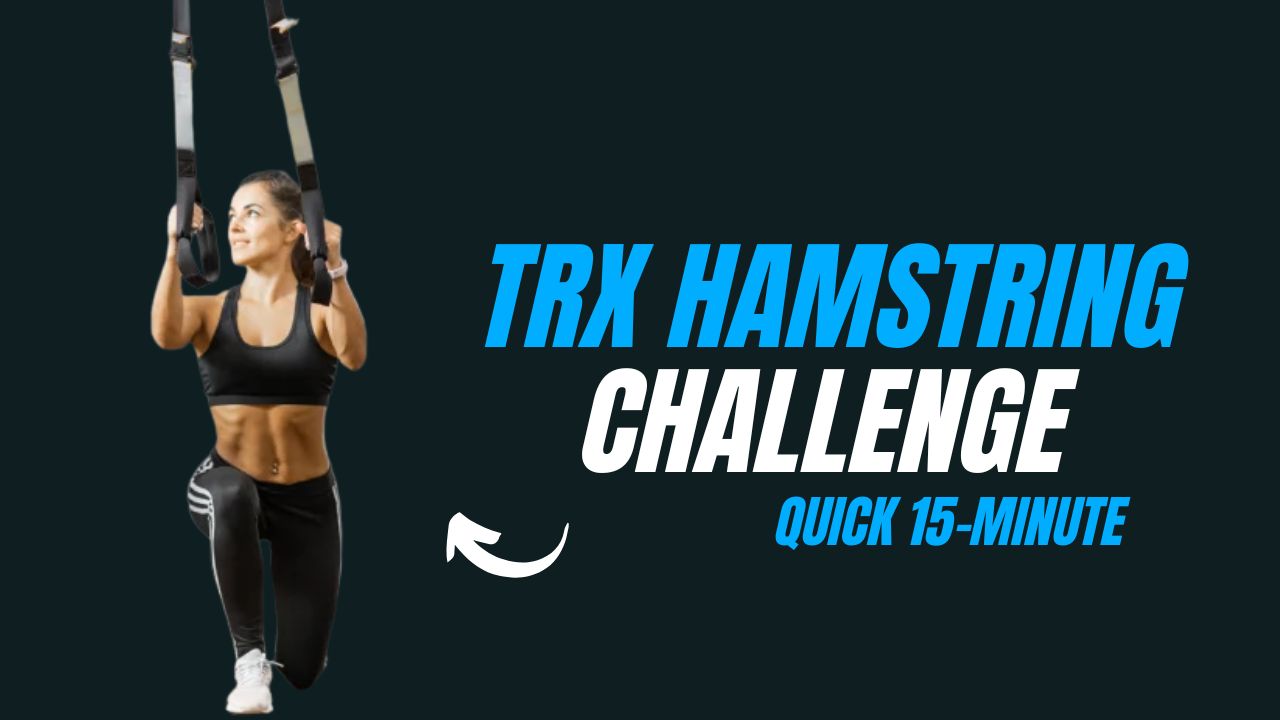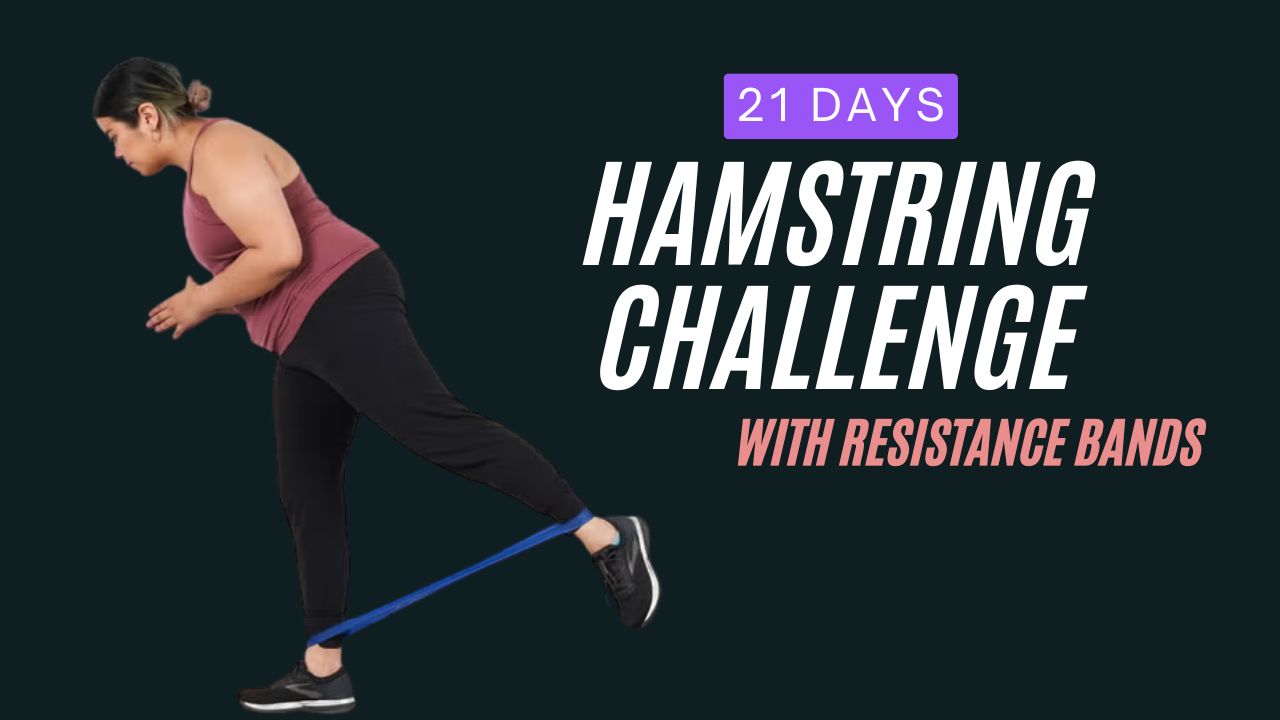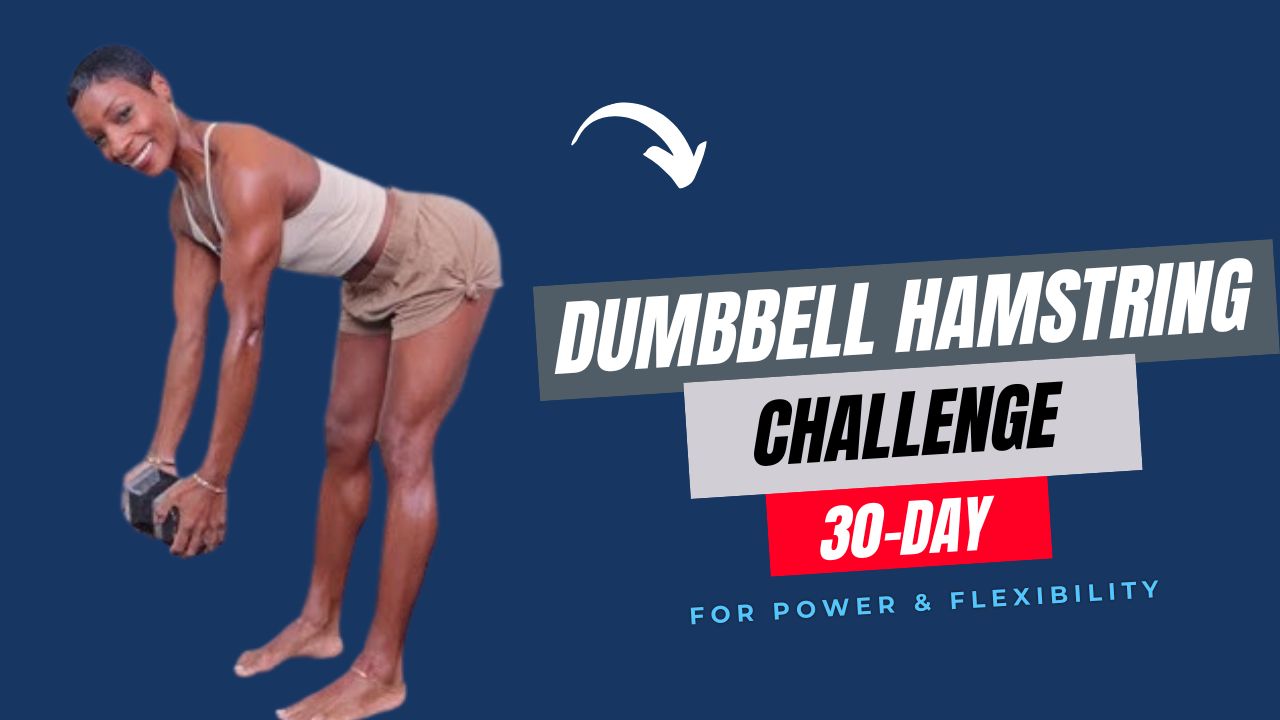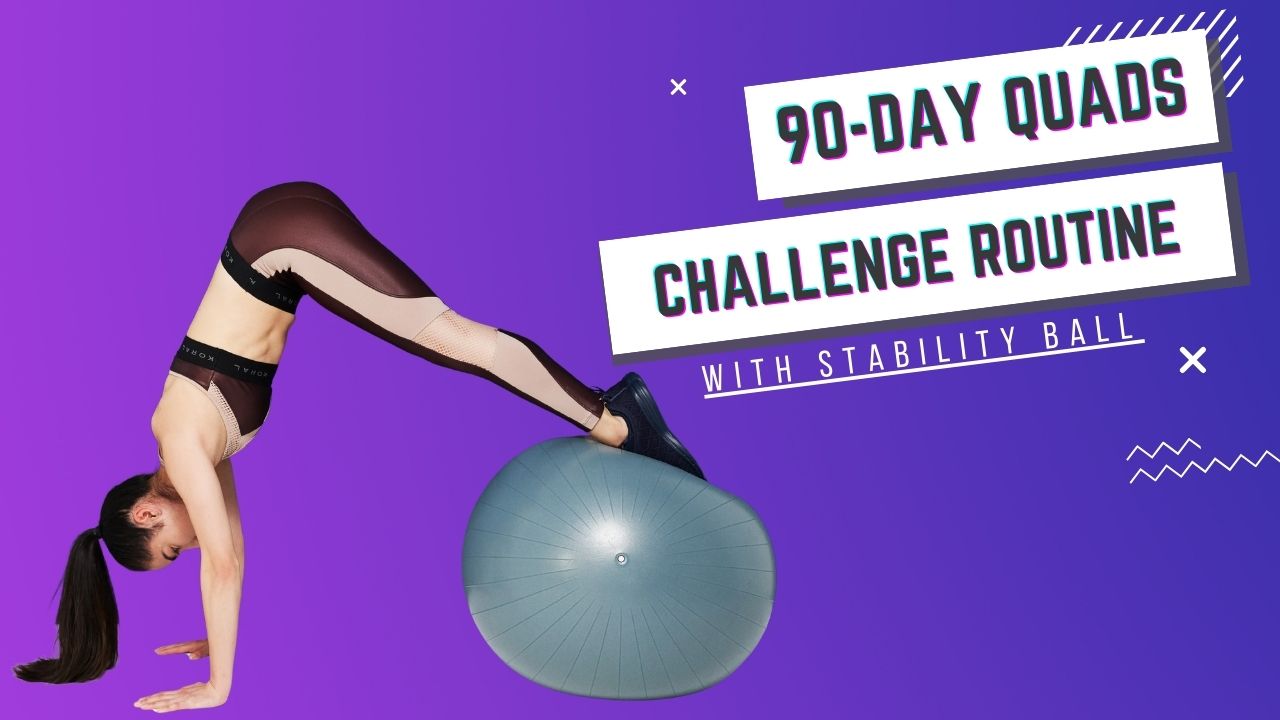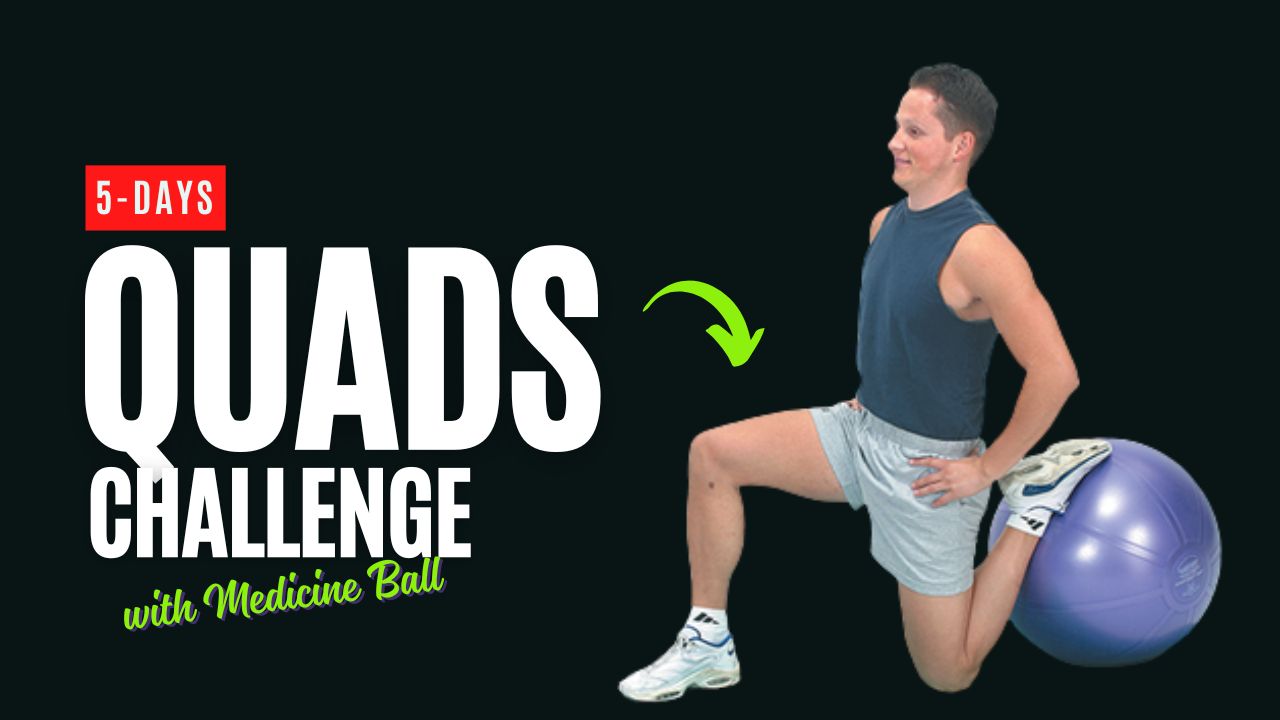When it comes to building a strong, defined core, most people focus only on crunches or planks. But here’s a fact you may not know: your obliques — the muscles running along the sides of your abdomen — are key players in creating a balanced, sculpted midsection.
They not only enhance the “V-cut” and slim-waist look but also improve posture, stability, and even help prevent injuries during sports or daily activities.
Do you know? Weak obliques are one of the most common hidden causes of lower back pain. Strengthening them with targeted exercises not only shapes your waistline but also protects your spine from excess strain.
In this guide, you’ll learn how to carve out your side abs with a 15-minute dumbbell obliques challenge. We’ll break down each exercise with clear how-to instructions so you can follow along easily, whether you’re a beginner or already deep into your fitness journey.
By the end, you’ll have a complete workout routine laid out in a structured challenge format.
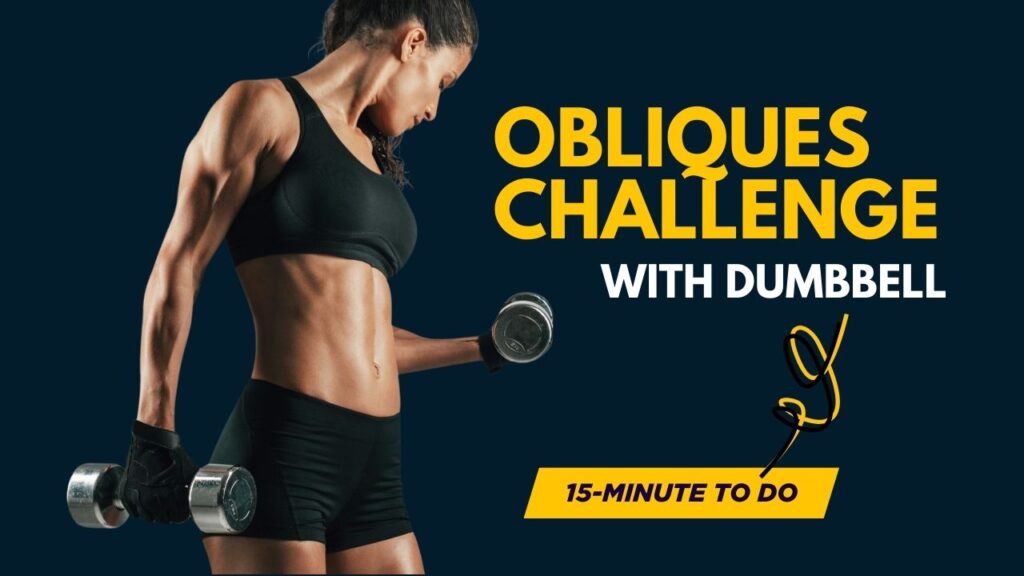
Table of Contents
Why Train Your Obliques?
Before diving into the workout, let’s understand the importance of oblique training. Your obliques are divided into internal obliques and external obliques:
- External Obliques: Located on the surface, they’re responsible for side bending and trunk rotation.
- Internal Obliques: Found underneath the external ones, they work in the opposite direction to provide balance and support.
Key Benefits of Strong Obliques:
- Improve rotational power for sports like tennis, baseball, and golf.
- Enhance stability for everyday activities like lifting groceries or climbing stairs.
- Contribute to a slimmer waistline by toning the “side wall” of your core.
- Reduce the risk of injuries by protecting your lower back.
Myth Busted: Doing endless side crunches won’t give you a smaller waist. Fat loss depends on overall calorie balance, but oblique training tones and shapes the muscles underneath — giving your waist a tighter, more defined look once fat is reduced.
What Can Happen After 30 Days of the Dumbbell Obliques Challenge
| Positive Changes You May Notice | Why It Happens |
|---|---|
| Stronger and more defined oblique muscles | Consistent resistance training activates and strengthens your side abs. |
| Improved posture and stability | Stronger core muscles support your spine and reduce slouching. |
| Enhanced balance and coordination | Oblique-focused moves improve rotational control and body awareness. |
| Reduced lower back discomfort | Strong obliques help relieve excess strain on the lower back. |
| Slimmer-looking waistline | Toned obliques combined with calorie burn contribute to a tighter midsection. |
| Increased workout endurance | Repeating this routine builds muscular endurance and stamina over time. |
| Boosted confidence | Visible progress and functional strength improvements keep you motivated. |
Do’s and Don’ts of the Dumbbell Obliques Challenge
| Do’s | Don’ts |
|---|---|
| Warm up your body with light cardio or dynamic stretches before starting. | Don’t jump into heavy dumbbells without mastering proper form. |
| Keep your core tight and engaged throughout every movement. | Don’t arch or twist your lower back excessively during rotations. |
| Start with lighter weights and progress gradually. | Don’t sacrifice technique just to lift heavier. |
| Maintain steady breathing — exhale on exertion, inhale on return. | Don’t hold your breath while performing exercises. |
| Perform controlled movements to maximize tension on your obliques. | Don’t rush through reps with momentum — it reduces effectiveness. |
| Allow at least one day of rest between oblique workouts. | Don’t train the same muscle group daily; recovery is essential. |
| Pair the routine with a balanced diet to support fat loss and definition. | Don’t expect spot reduction — oblique training alone won’t remove fat. |
The 15-Minute Dumbbell Obliques Exercises
Below are the top dumbbell exercises for sculpting your side abs. Each section includes a description and a step-by-step “How To” guide.
1. Dumbbell Side Bend
Description:
This is a classic oblique exercise. It directly targets the muscles along the side of your waist, building strength and definition.
How To:
- Stand upright with feet shoulder-width apart, holding a dumbbell in your right hand.
- Place your left hand on your hip.
- Slowly bend to the right side, keeping your core engaged.
- Return to the starting position.
- Perform 10–12 reps on one side, then switch.
2. Dumbbell Russian Twist
Description:
A rotational powerhouse move, Russian twists engage both the obliques and transverse abdominis, helping to build rotational strength and balance.
How To:
- Sit on the floor with knees bent and feet slightly lifted.
- Hold a dumbbell with both hands in front of your chest.
- Lean back slightly while keeping your back straight.
- Rotate your torso to the right, bringing the dumbbell close to the floor.
- Rotate to the left side and repeat.
Tip: Move slowly to keep tension in your abs, instead of swinging.
3. Standing Dumbbell Woodchopper
Description:
Mimicking the motion of chopping wood, this move challenges your obliques with a diagonal pattern that also engages shoulders and hips.
How To:
- Stand with feet shoulder-width apart, holding a dumbbell with both hands near one hip.
- Twist your torso and raise the dumbbell diagonally across your body until it’s above the opposite shoulder.
- Reverse the movement back to the starting point.
- Perform 10–12 reps, then switch sides.
4. Dumbbell Side Plank Row
Description:
This move combines core stability from a side plank with oblique strength and adds resistance with a dumbbell row.
How To:
- Get into a side plank position on your right elbow.
- Hold a dumbbell in your left hand, arm extended toward the floor.
- Row the dumbbell up toward your chest while keeping your body stable.
- Slowly lower the dumbbell back down.
- Complete 8–10 reps per side.
5. Dumbbell Overhead Side Bend
Description:
An advanced version of the side bend, this move adds difficulty by holding the dumbbell overhead, forcing your obliques to stabilize more.
How To:
- Stand tall with feet hip-width apart.
- Hold one dumbbell overhead with your right hand.
- Slowly bend your torso to the left side, keeping the dumbbell stable.
- Return to the starting position.
- Perform 10–12 reps, then switch sides.
6. Dumbbell Side-to-Side Punch
Description:
A dynamic exercise that mimics a boxing punch, great for building rotational speed and power while sculpting your obliques.
How To:
- Stand with knees slightly bent, holding a dumbbell in each hand at chest level.
- Rotate your torso as you punch the right dumbbell across your body.
- Return to center and punch with the left.
- Alternate sides for 30–45 seconds.
7. Dumbbell Oblique Crunch (Floor)
Description:
This move directly isolates the obliques by combining a side crunch with dumbbell resistance.
How To:
- Lie on your back with knees bent and feet flat on the floor.
- Hold a dumbbell in your right hand and extend your arm straight up.
- Crunch your torso up and slightly to the left, engaging your right oblique.
- Lower back down with control.
- Perform 10–12 reps, then switch sides.
8. Dumbbell Suitcase Carry
Description:
A functional exercise that strengthens obliques by resisting side bending while carrying a heavy load — like carrying a suitcase.
How To:
- Hold a dumbbell in one hand at your side.
- Walk forward 20–30 steps while keeping your torso upright and abs tight.
- Switch hands and repeat.
Interesting Fact: Farmers and manual laborers often have naturally strong obliques because they carry uneven loads regularly — this move mimics that.
9. Dumbbell Side Plank Hip Lift
Description:
A challenging move that strengthens obliques and hips simultaneously.
How To:
- Get into a side plank on your right elbow.
- Place a dumbbell gently on your left hip.
- Lower your hips toward the floor, then lift them back up.
- Perform 8–10 reps per side.
10. Dumbbell Standing Side Crunch
Description:
A finishing move that combines a side crunch with a standing position for a burn-out effect.
How To:
- Stand upright with feet hip-width apart.
- Hold a dumbbell in your right hand, left hand behind your head.
- Lift your left knee toward your elbow while bending your torso sideways.
- Lower back down and repeat.
- Switch sides after 10–12 reps.
The 15-Minute Dumbbell Obliques Challenge Routine
Now that you know the exercises, here’s how to put them into a 15-minute fat-burning, oblique-sculpting challenge.
Routine in Words:
- Perform each exercise for 40 seconds, followed by 20 seconds rest.
- Complete all 10 exercises in a circuit.
- Take a 1-minute break after the circuit.
- Repeat the circuit once more.
Workout Challenge Table
| Exercise | Time/Reps | Rest |
|---|---|---|
| Dumbbell Side Bend | 40s per side | 20s |
| Dumbbell Russian Twist | 40s | 20s |
| Standing Dumbbell Woodchopper | 40s per side | 20s |
| Dumbbell Side Plank Row | 8–10 reps per side | 20s |
| Dumbbell Overhead Side Bend | 40s per side | 20s |
| Dumbbell Side-to-Side Punch | 45s | 20s |
| Dumbbell Oblique Crunch | 10–12 reps per side | 20s |
| Dumbbell Suitcase Carry | 20 steps per side | 20s |
| Dumbbell Side Plank Hip Lift | 8–10 reps per side | 20s |
| Dumbbell Standing Side Crunch | 10–12 reps per side | 20s |
Total Time: ~15 minutes (including rest and transition).
Conclusion
Sculpting your side abs is not just about appearance — it’s about building functional strength, protecting your spine, and boosting overall performance.
The 15-Minute Dumbbell Obliques Challenge gives you a complete, time-efficient routine to target your obliques with intensity. By sticking to this workout, you’ll strengthen your side abs, improve balance, and carve out a more defined waistline.
But don’t stop here. Core training is about progression, and your muscles respond best when you gradually increase the challenge.
Challenge Continuation Idea
If you’ve mastered this 15-minute routine, here’s how you can step it up:
- Week 1–2: Perform the full routine 3 times per week.
- Week 3–4: Add a third circuit round (making it 20–22 minutes total).
- Week 5–6: Increase dumbbell weight by 2–3 kg to boost resistance.
- Beyond 6 weeks: Mix the oblique challenge with other core-focused workouts (like planks, hanging leg raises, or rotational medicine ball throws) to avoid plateaus.
This gradual progression ensures your body keeps adapting, your obliques keep getting stronger, and you stay motivated with fresh variations.
Frequently Asked Questions (FAQs)
Can dumbbell workouts alone tone my obliques?
Dumbbell workouts are excellent for strengthening and shaping your oblique muscles, but visible definition also depends on lowering overall body fat. A combination of strength training, cardio, and proper nutrition is the most effective approach.
How long will it take to see results from this 15-minute obliques challenge?
Most people begin to feel stronger and more stable within 2–3 weeks. Visible changes in muscle definition usually take 6–8 weeks, depending on consistency, diet, and body fat percentage.
Can beginners do this dumbbell obliques challenge?
Yes. Start with lighter weights and fewer reps if needed. Focus on form first. As your strength improves, gradually increase dumbbell weight and duration.
How heavy should my dumbbells be for this workout?
Choose a weight that challenges you but still allows proper form. For most beginners, 2–5 kg is a good start. Intermediate to advanced lifters may use 6–12 kg or more depending on strength levels.
Should I do this workout every day?
No. Your oblique muscles, like all muscles, need recovery to grow stronger. Perform this workout 3–4 times per week with at least one rest or active recovery day in between.
Will these exercises reduce my love handles?
Oblique exercises strengthen and tone the side abs, but fat loss in a specific area (spot reduction) isn’t possible. To reduce love handles, combine this workout with a calorie-controlled diet and overall fat-burning activity.
Can I do this challenge at home without a gym?
Absolutely. All exercises can be done at home with just a pair of dumbbells and a small workout space.
What if I don’t have dumbbells?
You can substitute with household items like water bottles, filled backpacks, or resistance bands until you get proper dumbbells.
Is this workout safe for people with back pain?
If you have mild back pain, strengthening your obliques can help with stability. However, consult with a doctor or physical therapist before starting, especially if you have chronic or severe back issues.
Can I combine this with other workouts?
Yes. This obliques challenge works best when combined with full-body strength training, cardio, and mobility work. It’s an excellent add-on to any fitness routine.





